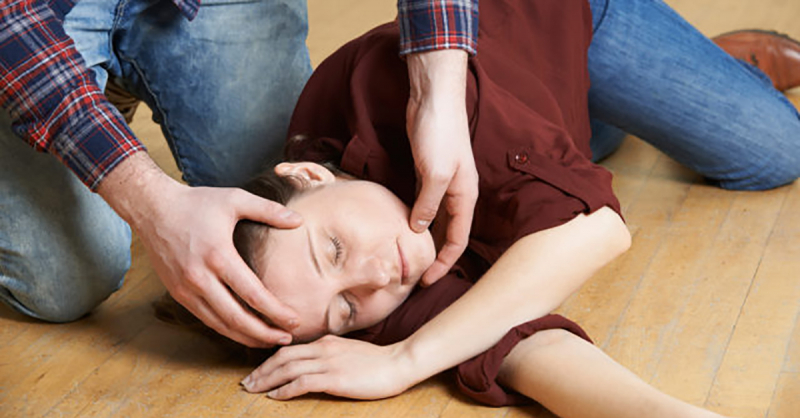Seizure
Japanese Encephalitis is a very dangerous disease, especially in infants and young children. In the first 1-2 days of the disease, stiff neck, increased muscle tone, eyeball movement disorders, confusion or loss of consciousness, increased tendon reflexes, and obvious vasodilatation were observed. The manifestations of nerve damage in children are increasingly severe, easily producing hallucinations, agitation, seizures, and contractions. When the disease progresses in severe form, there will be stiff or vibrating convulsions in the face and extremities leading to paralysis, and spastic paralysis in a certain position.
During the seizure, the patient remains awake and is characterized by clenched fists, flexed back and arms in a flexed or flexed position, with legs extended. The convulsion lasts a few seconds to a few minutes or more. When having a seizure, patients are very susceptible to laryngospasm, and respiratory muscle spasms leading to hypoventilation, hypoxia, cyanosis, apnea and possibly death. This is the stage when the virus attacks the brain, and occurs very quickly because there is no longer a protective barrier, causing the nervous system to be destroyed, so most children can die within the first 7 days of illness. However, children who pass this stage have a very high cure rate.











